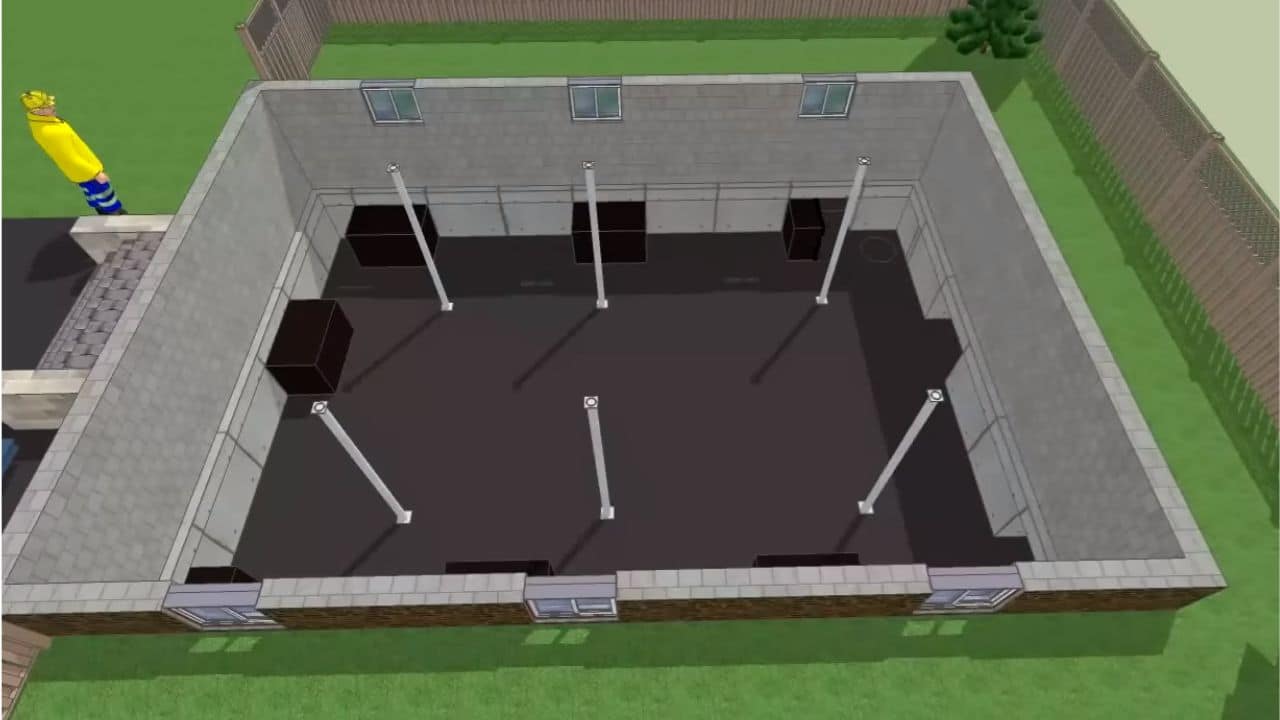Maintaining a beautiful and organised garden requires regular care and attention. However, there are times when a garden becomes overgrown, cluttered, or in need of a fresh start. That’s when a garden clearance becomes necessary. Whether you’re preparing for a new landscaping project or simply looking to revitalise your outdoor space, this comprehensive guide will walk you through the process of a garden clearance step by step.
1. Assess the Situation
Before diving into the clearance process, take a thorough look at your garden and make note of the areas that need attention. Identify the overgrown plants, weeds, broken structures, and any other elements that require removal or repair. This assessment will help you create a plan of action and determine the tools and resources you will need.
2. Gather the Necessary Tools
Equipping yourself with the right tools is essential for an efficient garden clearance. Here are some tools you may need:
- Gardening gloves
- Pruning shears or loppers
- Hedge trimmers
- Shovel
- Rake
- Wheelbarrow or garden waste bags
- Chainsaw (for larger trees and branches)
- Protective goggles and ear defenders (for safety)
3. Clear Out the Vegetation
Begin by tackling the overgrown plants, weeds, and grass. Start from one corner of your garden and work your way systematically through the entire area. Trim back bushes and hedges, prune trees and shrubs, and cut the grass. Remove any dead or diseased plants, as well as invasive species that may be taking over the space.
4. Remove Unwanted Structures
If there are any old or damaged structures like sheds, fences, or pergolas that are beyond repair, it’s time to take them down. Carefully dismantle these structures and dispose of the materials responsibly. If there are salvageable items, consider donating or repurposing them.
5. Clear Debris and Rubbish
During the clearance process, you’ll accumulate a significant amount of garden waste, including branches, leaves, and other debris. Use a rake and a shovel to gather the waste into piles, and then transfer them to a wheelbarrow or garden waste bags. If you have a compost pile, separate organic waste for composting. Otherwise, check your local regulations for green waste disposal or hire a skip from JustHire.
6. Repair and Refresh
Once your garden is cleared of vegetation and debris, it’s time to assess and repair any damaged areas. Check for uneven ground, broken pathways, or damaged fences. Repair or replace any structures that need attention. Consider refreshing the soil by adding compost or mulch to improve its fertility and structure.
7. Plan for the Future
With a clean slate in front of you, take the opportunity to envision your dream garden. Consider your lifestyle, preferences, and the practicality of the space. Research different landscaping ideas and draw up a plan that incorporates your desired features, such as flower beds, seating areas, or a vegetable patch. Take measurements, make a list of necessary materials, and start sketching your new garden design.
8. Implement Your New Garden Design
Once you’ve planned your new garden layout, it’s time to put your vision into action. Start by preparing the soil and installing any necessary irrigation systems. Then, proceed with planting new shrubs, flowers, or trees according to your design. Add decorative elements, such as garden ornaments or lighting fixtures, to enhance the ambiance.
9. Maintain Your Garden
A well-maintained garden requires ongoing care. Develop a regular maintenance routine that includes watering, weeding, pruning, and fertilising. Stay on top of any potential issues to prevent overgrowth or clutter from returning.












































